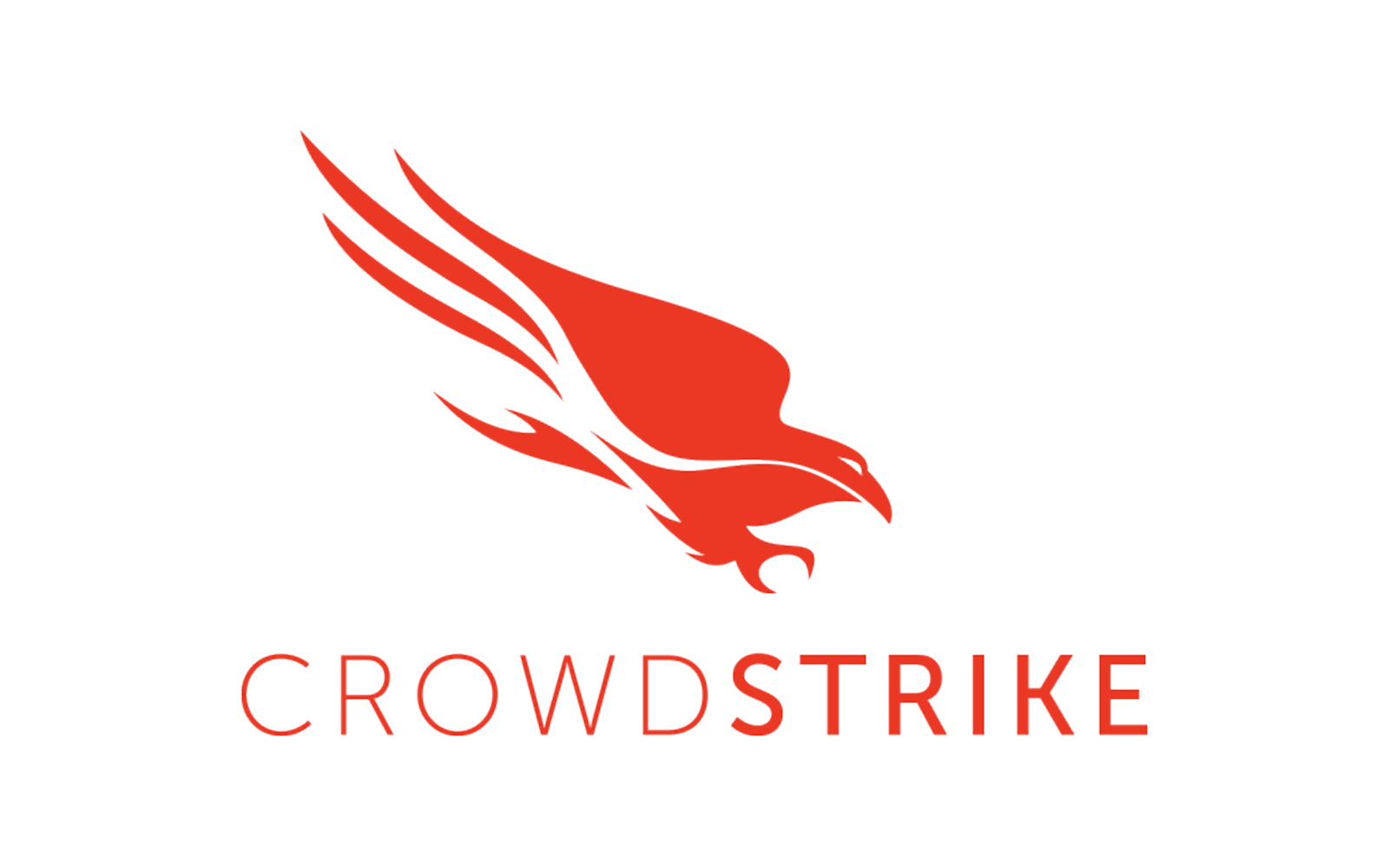
- #CROWDSTRIKE FALCON MACOS MAC OS#
- #CROWDSTRIKE FALCON MACOS INSTALL#
- #CROWDSTRIKE FALCON MACOS UPDATE#
- #CROWDSTRIKE FALCON MACOS SOFTWARE#
- #CROWDSTRIKE FALCON MACOS PASSWORD#
#CROWDSTRIKE FALCON MACOS INSTALL#
Some things to remember when using this Worklet to install CrowdStrike Falcon: pkg file to the endpoint and run the install if the Worklet determines if CrowdStrike is not installed. The below Worklet is designed to deploy CrowdStrike Falcon Sensors to macOS endpoints. Automox Worklets gives you the power to deploy endpoint security tools to newly added endpoints as well as enforce installation on existing endpoint,s so you always know that your endpoints are running the security tools necessary to protect your IT environment. If you need further assistance with the CrowdStrike installation, contact the IT Help Center at 30 or come into our Help Center (AAC 270) for further assistance.As an IT administrator one of the first things you’ll find yourself doing is installing an endpoint security tool, which can be very difficult to automate across hundreds, if not thousands of devices. If you do not see the "cs.version" or "cs.details field" but see "unknown oid 'cs'", then CrowdStrike is not installed on the machine. Once the Terminal window appears, type "sysctl cs " and then click Return. First, in order to open Terminal, please navigate to the Spotlight Search function in the top right corner and search "Terminal".
#CROWDSTRIKE FALCON MACOS MAC OS#
Mac OS X: You can check that the CrowdStrike Falcon Sensor is running by typing a command in a Terminal window. If it still is not compliant, please contact the IT Help Center for further assistance. Once the last evaluation time is updated, try checking the CrowdStrike Falcon Sensor configuration, again. If it does not, select "evaluate" to have it check again.

Next, find the CrowdStrike Falcon Sensor configuration and check if it says "compliant". Windows (DU Owned): Navigate to the "Control Panel", select "Configuration Manager", and then select the "Configurations" tab. Under the list of installed programs, you should then see CrowdStrike Falcon Sensor. Windows: Navigate to the "Control Panel", select "Programs", and then "Programs and Features". If you are unsure if CrowdStrike installed successfully on your machine, please see the following steps below based on your computer's make and operating system to check.
#CROWDSTRIKE FALCON MACOS SOFTWARE#
Note: If you are using a personal Windows machine, you may have to extract the download file first and then run it as an Administrator to install the software successfully. After the installation completes, CrowdStrike will now run silently on your machine.
#CROWDSTRIKE FALCON MACOS PASSWORD#
Proceed through the prompts and click next/enter your computer's password to proceed with the installation.
#CROWDSTRIKE FALCON MACOS UPDATE#
Updates for CrowdStrike should also come through automatically, so there is no need to update manually. Once CrowdStrike is installed, it actively scans for threats on your machine without having to manually run virus scans. CrowdStrike installs a lightweight sensor on your machine that is less than 5MB and is completely invisible to the end user.

How does it work?ĬrowdStrike is a web/cloud based anti-virus which uses very little storage space on your machine. You should see the CrowdStrike Windows Sensor listed under the installed programs. *Note: DU owned Windows computers should already have CrowdStrike installed, so please be sure to check before installing. Who is it for?ĬrowdStrike anti-virus is available to active faculty, staff, and students it can be installed on both DU owned and personal machines. It protects your computer for as long as it is installed and does not expire.

The University's version of CrowdStrike anti-virus protects your computer from viruses and spyware, proactive threats and network threats.

The University of Denver is committed to helping faculty, staff, and students protect their computers and information. The University licenses anti-virus software to provide protection from both viruses and malware. Computer viruses and other forms of malware ("malware" is short for " malicious software") are always a concern.


 0 kommentar(er)
0 kommentar(er)
